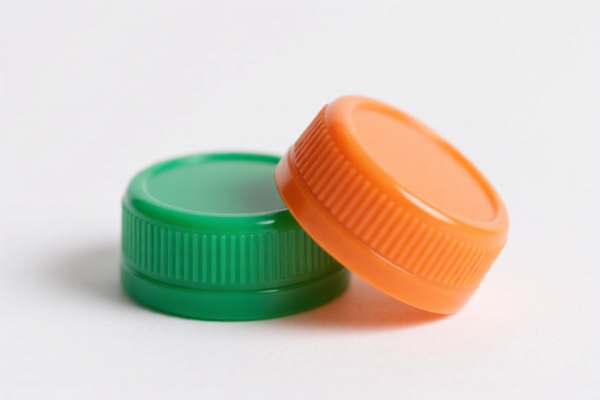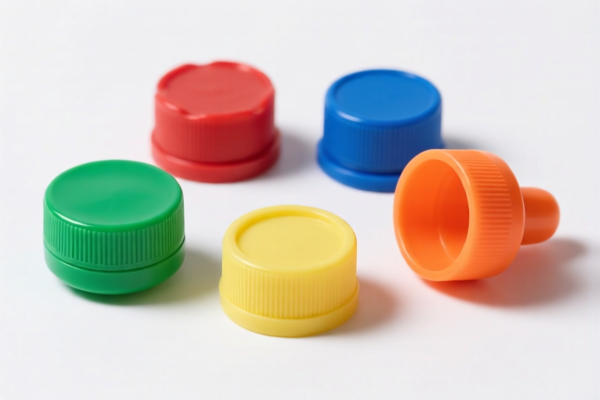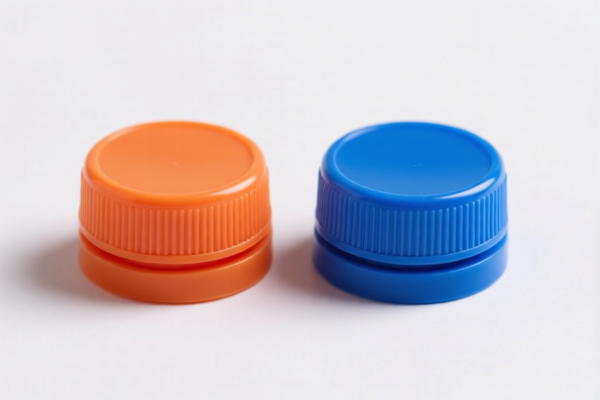| HS Code | Official Doc | Tariff Rate | Origin | Destination | Effective Date |
|---|---|---|---|---|---|
| 7615109100 | Doc | 65.6% | CN | US | 2025-05-12 |
| 7616109090 | Doc | 86.0% | CN | US | 2025-05-12 |
| 7616995160 | Doc | 57.5% | CN | US | 2025-05-12 |
| 3923500000 | Doc | 60.3% | CN | US | 2025-05-12 |
| 3926901000 | Doc | 40.9% | CN | US | 2025-05-12 |
| 3926909989 | Doc | 42.8% | CN | US | 2025-05-12 |




Bottle Stopper
A bottle stopper is a device used to seal the opening of a bottle, typically to prevent leakage, preserve contents, or maintain carbonation. They are commonly used with wine bottles, liquor bottles, olive oil bottles, and other similar containers.
Material
Bottle stoppers are manufactured from a diverse range of materials, each offering specific properties:
- Cork: Traditionally, cork has been the most common material. It is a natural, renewable resource, provides a good seal, and allows for some flexibility. However, it can be prone to crumbling, especially with age.
- Synthetic Rubber: Offers a consistent seal and is less susceptible to crumbling than cork. Variations exist in quality, with some offering better resistance to chemicals and temperature changes.
- Glass: Provides a completely inert seal, resistant to most chemicals. Often used for decorative purposes or for sealing bottles containing volatile liquids.
- Plastic: A cost-effective option, often used for everyday bottles. Quality varies; some plastics may not be suitable for long-term storage or for contact with certain liquids.
- Stainless Steel: Durable, reusable, and provides a modern aesthetic. Often features a silicone seal for an airtight closure.
- Wood: Offers a decorative appearance and can be used with specific types of bottles, like spirits.
Purpose
- Leak Prevention: The primary purpose is to prevent spillage or evaporation of the bottle's contents.
- Preservation: Helps maintain the quality and flavor of liquids by limiting exposure to air.
- Carbonation Retention: Essential for sealing sparkling wines and other carbonated beverages.
- Aesthetic Enhancement: Many stoppers are designed with decorative elements, contributing to the overall presentation of the bottle.
Function
Bottle stoppers function by creating a tight barrier between the bottle's contents and the external environment. The stopper is inserted into the bottle opening, often with a slight compression fit to ensure a secure seal. Some stoppers utilize additional mechanisms, such as a lever or screw top, to enhance the tightness of the closure.
Usage Scenarios
- Wine Preservation: Sealing partially consumed wine bottles to prevent oxidation.
- Liquor Storage: Maintaining the quality and aroma of spirits.
- Olive Oil & Vinegar: Preventing contamination and preserving flavor.
- Homemade Beverages: Sealing bottles of beer, cider, or other fermented drinks.
- Decorative Display: Using stoppers to seal bottles for aesthetic purposes.
Common Types
- Straight Cork Stoppers: The traditional type, tapered to fit snugly into the bottle neck.
- Synthetic Cork Stoppers: Made from rubber or plastic, offering consistent performance.
- Screw-Top Stoppers: Feature a threaded design for a secure, reusable closure.
- Lever Stoppers: Utilize a lever mechanism to compress the stopper and create a tight seal.
- Vacuum Stoppers: Pump air out of the bottle to create a vacuum, extending the shelf life of the contents.
- Decorative Stoppers: Often made of glass or metal with intricate designs.
- Wine Preservation Stoppers: Designed to remove air from the bottle and maintain a vacuum seal.
Based on the provided information, bottle stoppers fall under the category of articles for the conveyance or packing of goods, specifically those made of plastics.
Here are the relevant HS codes:
-
3923500000: This HS code covers articles for the conveyance or packing of goods, of plastics; stoppers, lids, caps and other closures. This is the most direct match for bottle stoppers.
- 39: Chapter 39 covers plastics and articles thereof.
- 23: Heading 23 specifically covers articles for the conveyance or packing of goods, of plastics.
- 500000: This subheading further specifies stoppers, lids, caps and other closures.
-
3926901000: This HS code covers other articles of plastics and articles of other materials of headings 3901 to 3914: Other: Buckets and pails. While not a direct match, if the bottle stoppers are part of a larger plastic set including buckets or pails, this code might be relevant.
- 39: Chapter 39 covers plastics and articles thereof.
- 26: Heading 26 covers other articles of plastics.
- 901000: This subheading specifies buckets and pails.
-
3926909989: This HS code covers other articles of plastics and articles of other materials of headings 3901 to 3914: Other: Other. This is a broader category and could apply if the bottle stoppers don't fit neatly into other more specific classifications within Chapter 39.
- 39: Chapter 39 covers plastics and articles thereof.
- 26: Heading 26 covers other articles of plastics.
- 909989: This subheading specifies other articles not elsewhere specified.
Regarding HS code 3923500000, please note that it specifically covers stoppers, lids, caps and other closures made of plastics. If the bottle stoppers are made of a material other than plastic, a different HS code would be more appropriate. The total tax rate for HS code 3923500000 is 60.3%, comprising a 5.3% basic tariff and a 25.0% additional tariff, increasing to 30.0% after April 2, 2025.
Customer Reviews
Great resource for anyone dealing with plastic doors exports. The HS code and tariff details were exactly what I needed.
The page is a bit dense with information, but once I got through it, I found it really helpful for understanding the trade process.
I found the information about the duty rates for the US very useful. It helped me calculate my costs accurately.
I was impressed with how detailed the HS Code 3925 section was. It covered everything I needed for my export plans.
This page made exporting plastic doors much easier. The HS code and trade details were clear and easy to follow.